In general, packing can be a challenge but add cold clothes, bulky boots, puffy coats, and thick sweaters into the mix, and you may wish you were going on a beach vacation versus a cold-weather getaway.
Then there’s the added worry of getting slammed with additional baggage fees due to excess weight or being forced to check an additional (non-included) bag.
But winter travel doesn’t have to be a burden. As proof positive, we’ve compiled the ultimate winter packing list to make planning for snowy, cold weather as easy as skiing down the bunny hill.
General Winter Travel Packing Tips
Before getting into what you should bring, here are a few handy tips to help guide you through the packing process.
Choose the Right Suitcase
The bigger the suitcase, the more items you’re going to want to stuff it with bulky sweaters and unnecessary things. Choose something smaller yet expandable such as our Domestic Carry-On Expandable Spinner or the Medium Expandable Spinner, both of which feature our patented CX technology to expand up to 25%, which is better for bully cold-weather clothes, then compress back down to original size to prevent your contents from shifting during transit.
Don’t Bring What You Can Rent or Borrow
Winter trips often incorporate skiing, but most ski resorts provide you with the option to rent ski equipment and even snow pants or suits in some cases, so research your destination beforehand to see what you can leave behind. However, if you’re worried about comfort, you may want to bring your own ski boots. If you’re staying with friends or family somewhere cold and snowy, don’t overpack those “what if” items and see in advance if you can borrow them if need be.
Adopt a Packing Method or Two
The rolling method is excellent for bulkier items like sweaters, but regardless of which packing technique you choose, you’re going to want to incorporate at least one when packing if you’re going to ensure that you’ll be able to fit all of your winter items. Packing cubes can also help you keep everything organized, so it’s easier to find everything when you reach your destination, while compression bags can reduce some of the bulk in your suitcase.
Make Use of Your Shoes (Or Boots)
Winter travel typically requires extra pairs of warm socks, gloves, hats, etc., but instead of just tossing them into your suitcase, save space by stuffing them into your shoes. Unfortunately, shoes and boots are the least forgiving items, so pack those first.
Opt For Lightweight Materials
Cold-weather clothes need not be bulky to keep you warm. Opt for materials such as moisture-wicking fleece, down, thermal fabrics, or even the latest wool blends that dropped the itch and the weight — they also keep moisture away from the skin.
Wear Your Bulkiest Clothing in Transit
Are you simply dying to bring your new ultra-thick wool sweater on your trip? Wear it during transit, whether that’s a train, plane, or automobile. The same goes for boots (not ski boots, of course), a puffy coat — you get the picture. Most of the items you pack in your suitcase should be warm but lightweight. If you’re taking a plane, you have a little more wiggle room to stuff a few extra items in your personal item.
Packing List for Cold Weather
Of course, you’re going to have to adapt some of these items so that they suit your own needs and travel plans. Think about pieces that can be worn together when cold but can also be exchanged with others to create multiple outfits to meet the needs of different activities, temperatures, and weather conditions. Here’s a general list so that you can prevent overpacking without sacrificing warmth or style.
Along with being weather resistant, a down jacket is literally as light as the feathers that are keeping you warm when you’re wearing it, so for that reason, it’s a cold-weather favorite. Bonus points for the abundance of fashion-forward styles to choose from, which means you’ll still look stylish if you opt to wear your jacket to the airport versus packing it in your suitcase. If you decide to pack it, it’s easy to reduce the size so that it won’t take up a lot of space in your bag.
A scarf can also keep you warm on the airplane, too, but choose a lightweight yet warm material such as merino wool.
Two other winter weather essentials, look for styles or colors that will match the majority — if not all — of your outfits, so you don’t have to bring several pairs.
Nothing is worse than traipsing around in cold, wet socks, so be sure to bring extras. Opt for wool socks for the ultimate in warmth and sweat-wicking abilities.
The same rule applies for underwear, bras (sports bras included), or any other undergarments you plan on regularly wearing throughout the trip.
Obviously, you’re going to want to make one of these a pair of waterproof boots. As for the other two, consider your plans. Sneakers are for casual days, but if you’re planning a dinner at a more refined restaurant, a pair of dress shoes may be in order. Remember, if you don’t plan on wearing your boots during transit, use them as a packing device for socks, underwear, etc.
Again, opt for those warm but lightweight fabrics here. A t-shirt is a nice option because you can layer with it. For example, say you’re outdoors but then come inside for lunch, and you’re roasting in your long-sleeved fleece.
These are core pieces like a lightweight fitted sweater, cardigan, etc. that will be visible when you’re at a restaurant or visiting friends or family.
For women, this number can include a pair or two of warm leggings. Jeans and a cozy pair of sweats are a good option for both genders.
Invest in a toiletry kit and only pack what you can fit in it to save space. If you’re traveling by plane, remember the TSA guidelines if you’re not checking your bag: 3-1-1. The numeric formula means you can only pack toiletries with a volume no greater than 3.4 ounces and packed in a one-quart bag, one bag per person. Even if you’re checking a bag, don’t use that as an excuse to bring a massive can of hairspray, your full-sized cleanser, and a heavy glass jar of night cream. Transfer those products into refillable travel containers. Oh, and be realistic when it comes to dragging styling tools — especially if there’s going to be a hat on your head the majority of the trip.
Only Necessary Accessories
If you plan on hitting the slopes, snowshoeing, or spending the majority of your time around the fire apres ski, leave all the unnecessary accessories at home and opt to jazz things up with a stylish hat or scarf instead.

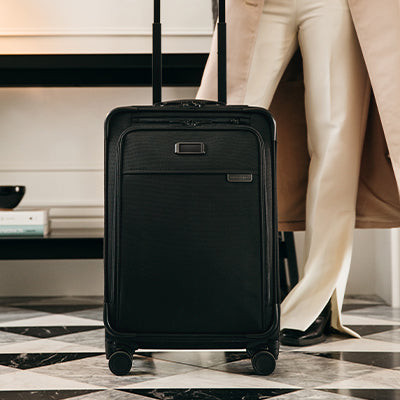



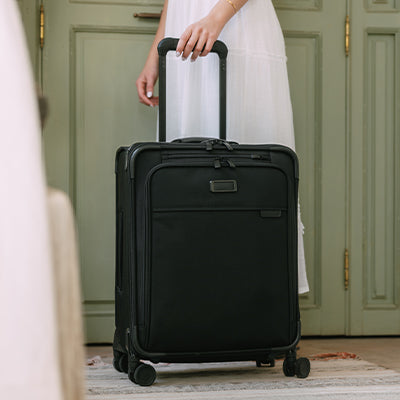
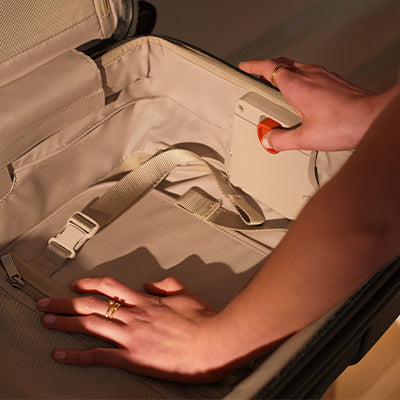


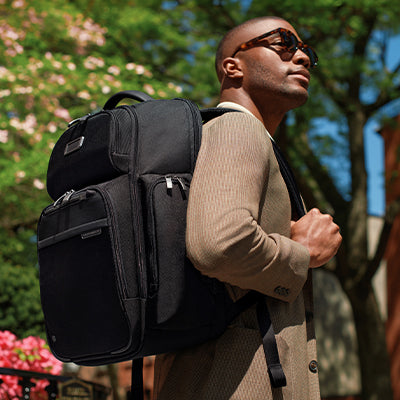

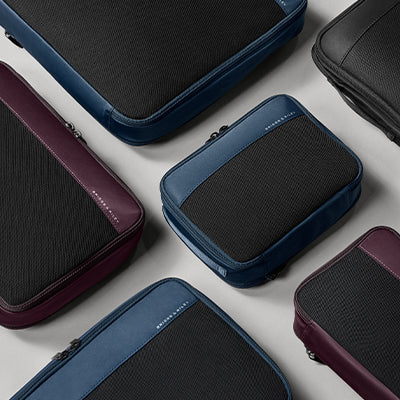
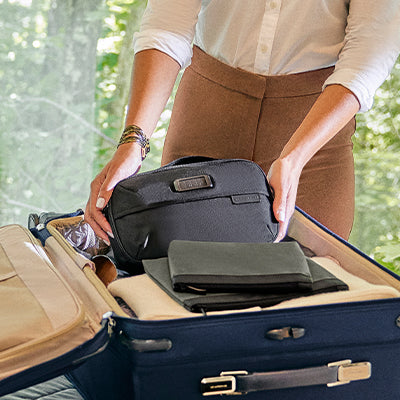
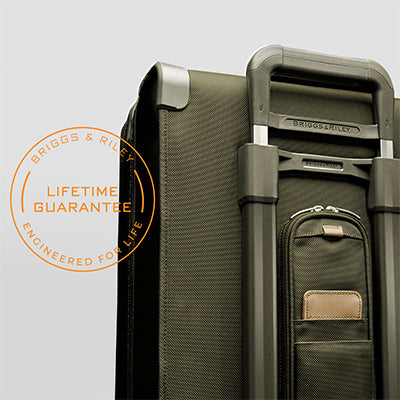

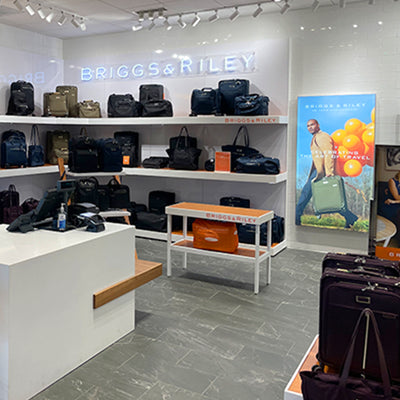

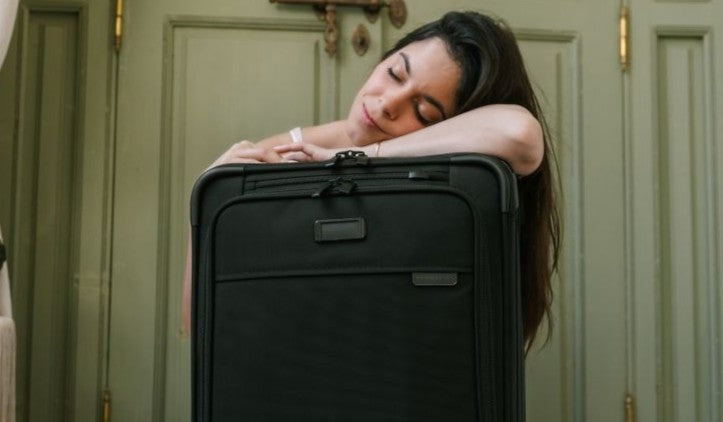


Leave a comment